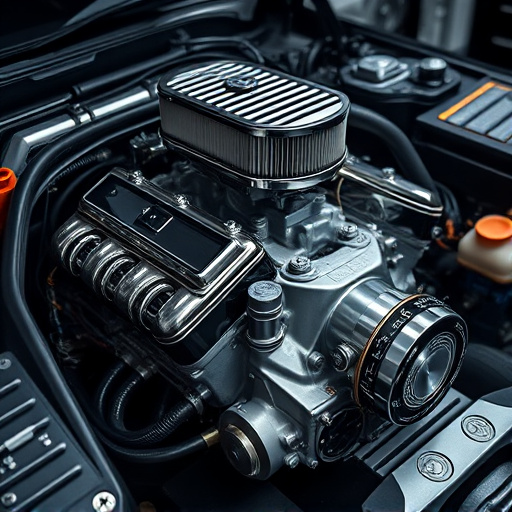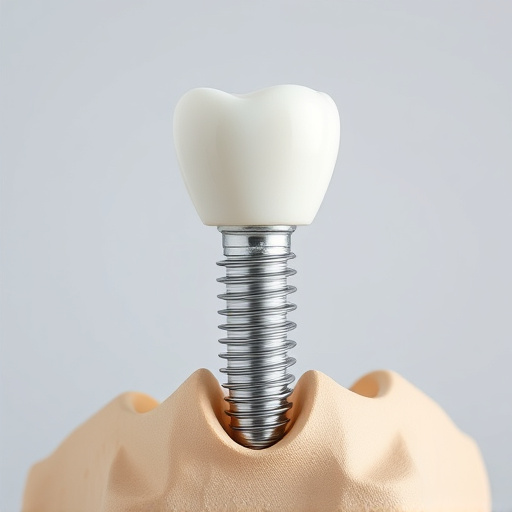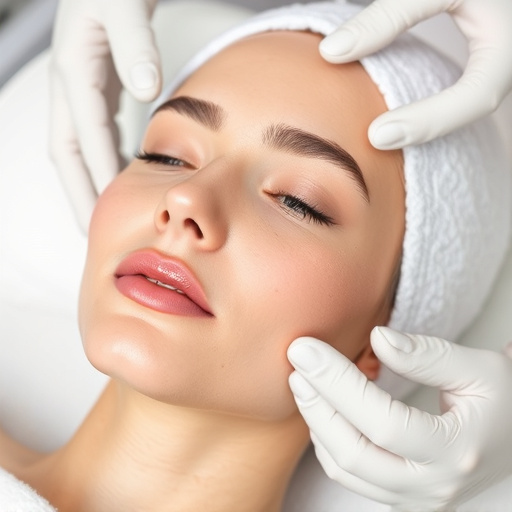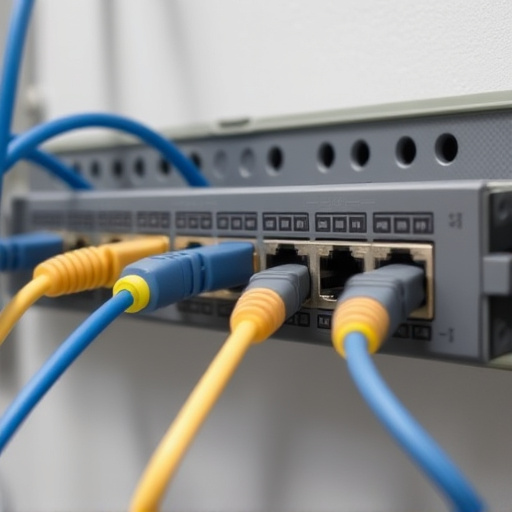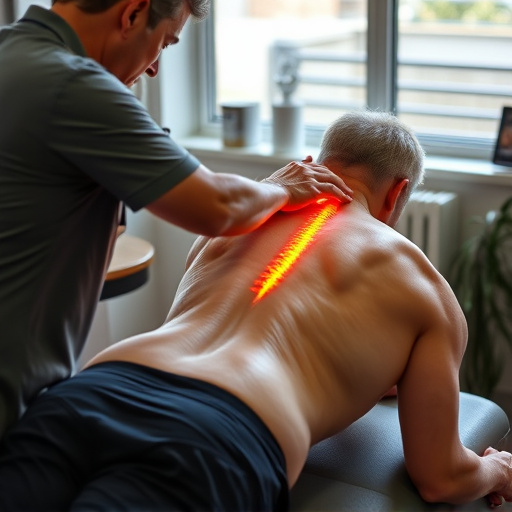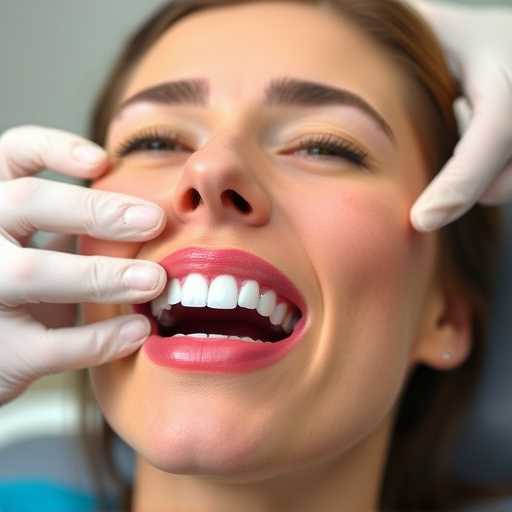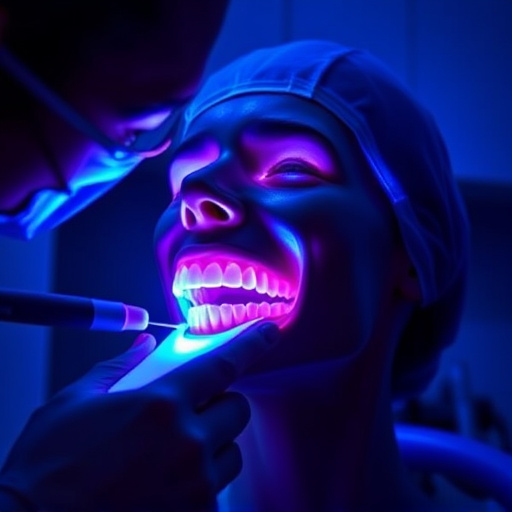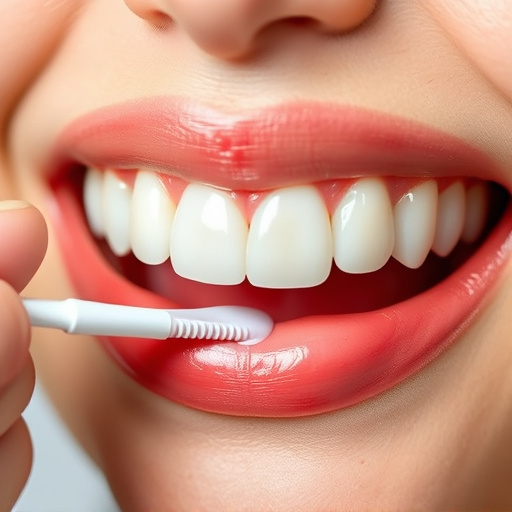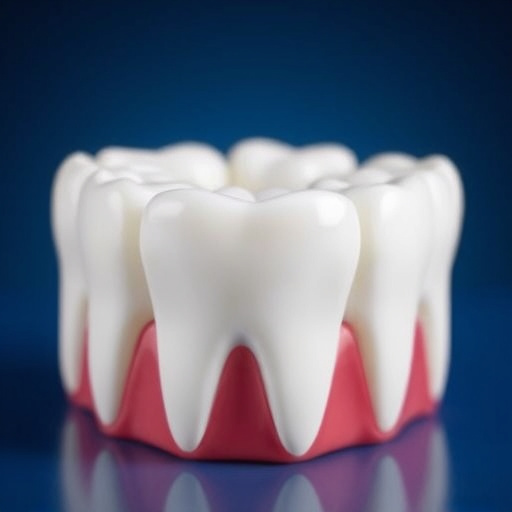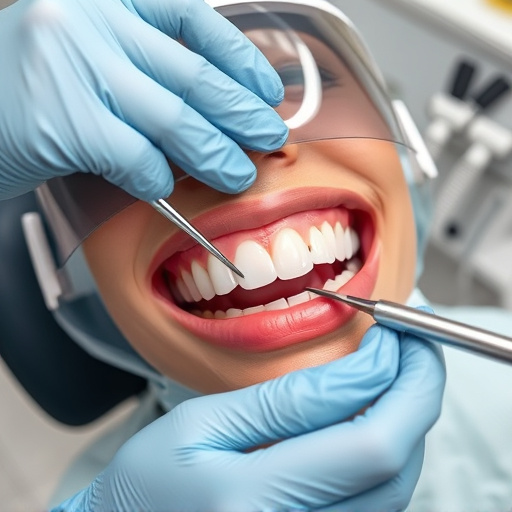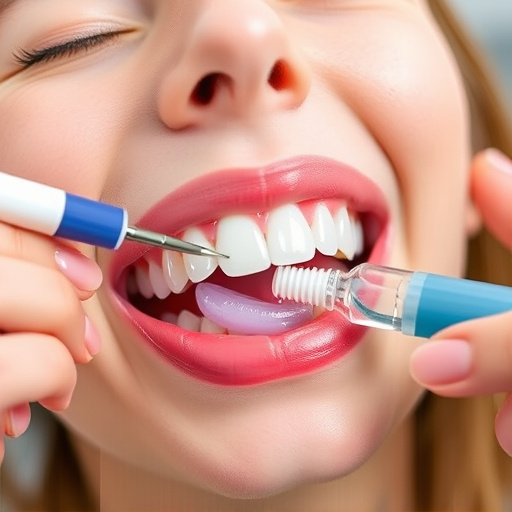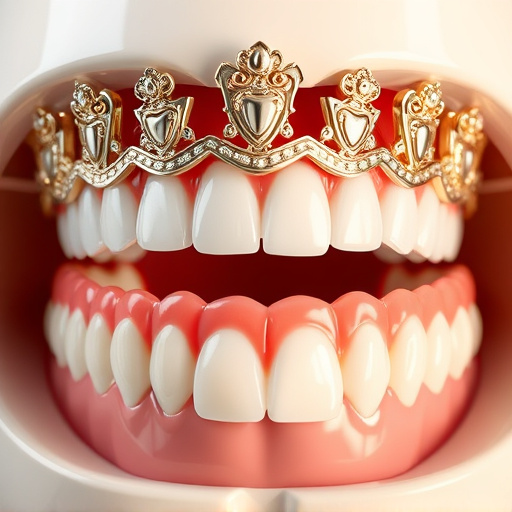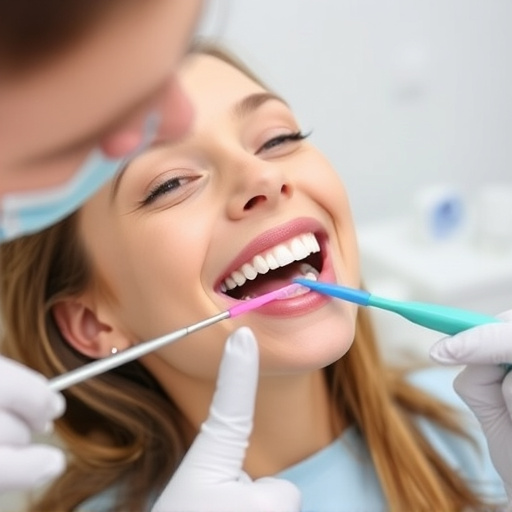Sleep apnea, a common disorder affecting global populations, can be treated effectively through dental interventions like bonding and specialized oral appliances. These non-invasive options, including mouthguards and mandibular advancement devices (MADs), keep airways open by positioning the lower jaw forward, thereby relaxing throat muscles and preventing blockage. An appealing alternative to CPAP machines, these appliances offer comfort, discreteness, and improved sleep quality. Consulting a qualified dentist for customization and regular dental check-ups is essential for optimal fit and continued effectiveness, especially in cases of tooth extractions or planned dental implants.
In the quest for effective sleep apnea treatment, dentists are now offering a discreet and comfortable solution—oral appliances. These innovative devices provide an alternative to traditional devices like CPAP machines. Oral appliances gently reposition the jaw to maintain an open airway during sleep, improving breathing and overall sleep quality. This article explores the understanding of sleep apnea, delves into the role of oral appliances, and highlights their benefits and considerations for patients seeking non-invasive treatment options.
- Understanding Sleep Apnea and Its Impact
- The Role of Oral Appliances in Treatment
- Benefits and Considerations for Patients
Understanding Sleep Apnea and Its Impact
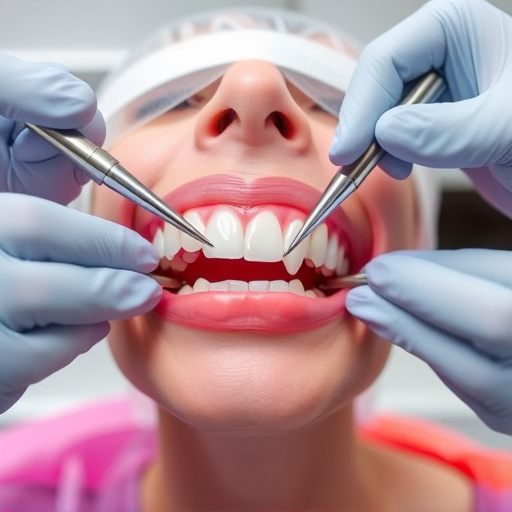
Sleep apnea is a common yet serious sleep disorder that affects millions worldwide. It occurs when the airways become blocked or narrowed during sleep, leading to intermittent pauses in breathing. These episodes can last for several seconds or even minutes and may repeat hundreds of times each night. The impact of undiagnosed and untreated sleep apnea extends beyond disrupted sleep patterns. It is associated with a range of health issues, including cardiovascular diseases, high blood pressure, diabetes, obesity, and cognitive impairments.
Understanding the causes and effects of sleep apnea is crucial in recognizing the need for effective treatment. Dental bonding and comprehensive dental care offer promising solutions. Dentists can provide oral appliances, such as custom-fitted masks or mouthguards, to keep airways open during sleep. Tooth repair techniques may also be employed to address underlying structural issues contributing to the condition. These interventions not only improve sleep quality but significantly enhance overall well-being for individuals struggling with sleep apnea.
The Role of Oral Appliances in Treatment
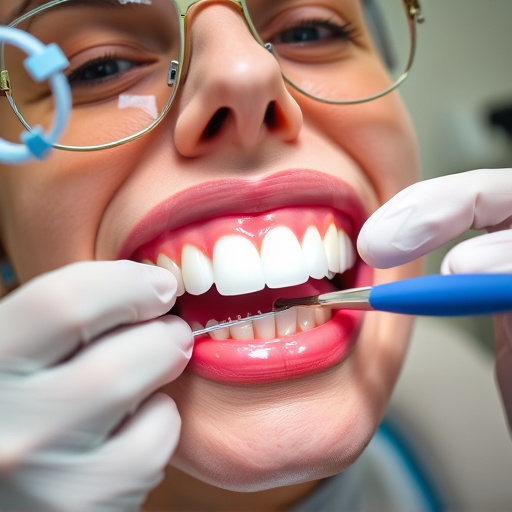
Oral appliances, such as mouthguards or mandibular advancement devices (MADs), play a significant role in the non-invasive treatment of sleep apnea. These customizable devices are designed to keep the lower jaw forward during sleep, preventing the relaxation of throat muscles that can block the airway. By maintaining an open airway, oral appliances help reduce the symptoms of sleep apnea, including pauses in breathing and excessive snoring.
For individuals who struggle with sleep apnea but prefer an alternative to continuous positive air pressure (CPAP) machines, oral appliances offer a comfortable and effective solution. Many general dentistry practices now offer these devices, providing convenient access for patients. Regular teeth cleaning and dental check-ups remain crucial while using oral appliances, as proper fit and adjustment are essential for optimal comfort and treatment outcomes in sleep apnea management.
Benefits and Considerations for Patients
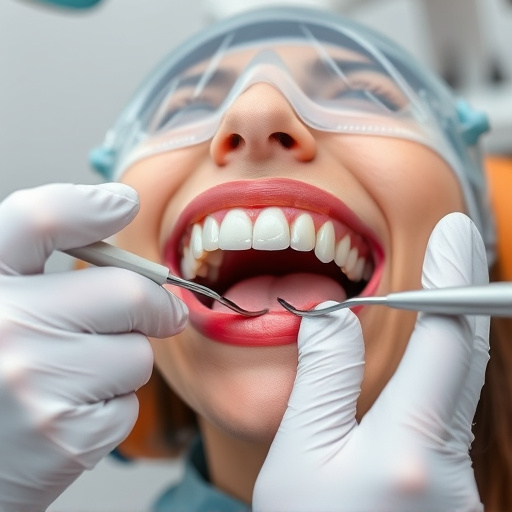
Oral appliances offer a comfortable and non-invasive alternative to traditional sleep apnea treatments like CPAP machines. These custom-fitted devices gently position the jaw, keeping the airway open during sleep. This not only improves breathing but also reduces snoring, leading to better sleep quality and overall health. Patients often find them easier to use and more discreet than masks or other equipment.
When considering oral appliances for sleep apnea treatment, patients should discuss their options with a qualified dentist. Factors like jaw structure, dental health, and sleep patterns will influence the choice of appliance. While they are generally well-tolerated, some individuals may experience discomfort or need adjustments. Regular check-ups are essential to ensure the appliance remains effective over time. Moreover, for those who have undergone tooth extractions or consider dental implants as an option in the future, discussing these concerns with a dentist can help integrate oral appliance therapy into their comprehensive family dentistry care plan.
In light of the above discussions, it’s clear that oral appliances offer a non-invasive and comfortable option for managing sleep apnea. By addressing the root causes of the condition, these devices can significantly improve overall health and quality of life. For those seeking effective sleep apnea treatment, exploring oral appliance therapy is now more accessible than ever, providing a simple yet powerful solution to restore restful nights.
